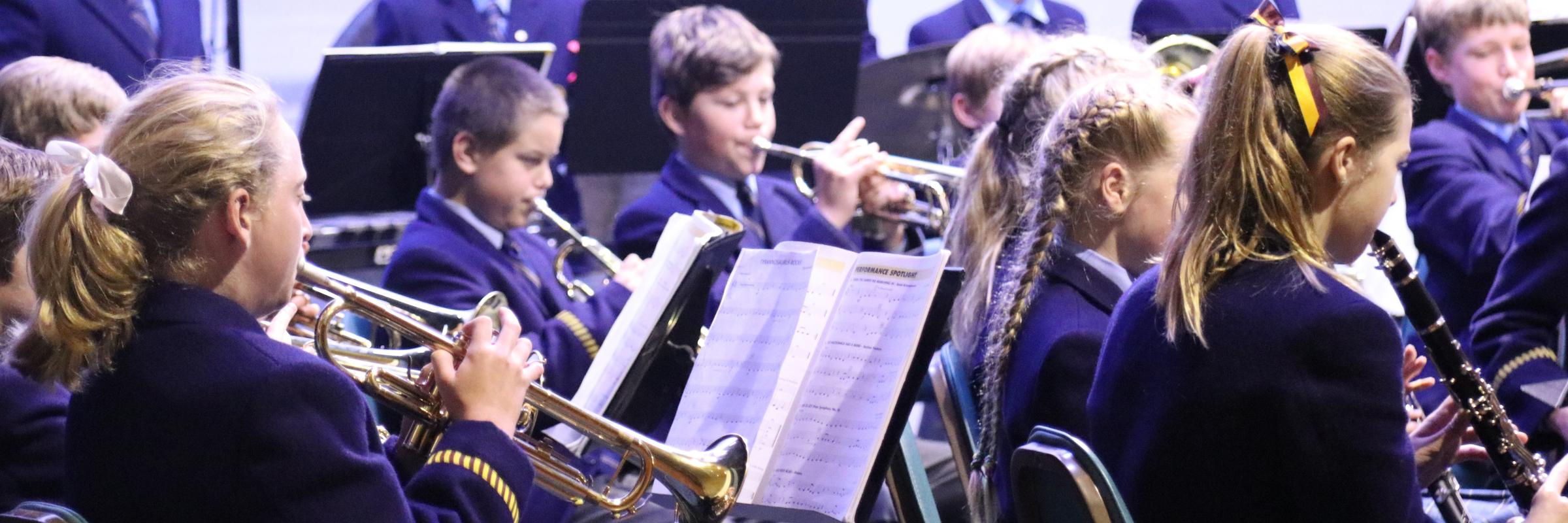
Music
‘There’s a place for us’, West Side Story: a musical essay (follow links to listen)
‘There’s a place for us’ West Side Story: a musical essay (follow links to listen)
Dr Hirst’s Assembly address this week encouraged us to take the beginning of Spring as a time for growth and work towards embracing the College values in our everyday lives. His reference to the film Jackie Robinson Story prompted me to reconsider the pillar of artistic endeavour that musicians have devoted to equality and freedom. In every genre there are multiple examples of this cause both in content, selection of performers or ensemble personnel and operations of production.
When West Side Story debuted on Broadway in September 1957, the show immediately gained fame for its bold artistic vision and unflinching engagement with social concerns of the day: racial unrest, urban gang violence, immigration and altercations with the police. West Side Story grew out of an intense collaboration on the part of its creative team, each of whom had a strong record of advocating for racial justice through performance. Composer Leonard Bernstein and choreographer and director Jerome Robbins, took progressive steps in choosing the cast and representing racial issues on stage: they integrated the dance chorus, defying racial taboos of the day by having white women hold hands with black men, and they hired a Japanese American dancer for a starring role. Put this in the context of 50’s America, post WWII anti- Japanese sentiment and a staunchly white controlled and segregated music and entertainment industry and these were bold, radical moves.
Recently the musical Hamiltonhas continued to address issues of equality in content and the industry. Lin-Manuel Miranda has followed a deliberate policy of employing from marginalised groups in every aspect of his productions and the cast and crew of Hamilton have a track record of supporting anti-racist causes. Let us not forget the songbook of popular music. A search through the A-Z of freedom songs leads us on a trip from country/hip-hop collaboration Accidental racist, Jackson’s Black or White, Iggy Pop and David Bowie’s China Girl, Sepultura’s Slave New World, Billy Holiday’s chilling Strange Fruit, Yothu Yindi’s Treaty all the way through to Rage Against the Machine’s Wake up, to name only a very small sample.
Many of these statement songs are now part of our everyday repertoire. We might hear them on the radio, in the background behind a website or shock horror, selling the latest product, sometimes with a couple of words changed or perhaps not, cleverly misrepresenting the artist’s intention by placing it in a new context.
‘So what?’, you say, ‘we know all this’, ‘music and protest songs- nothing new here!’ But as the proverb says, ‘familiarity breeds contempt’. Have we traded our action toward the real issues voiced in these songs for the personal joy of asong sung well? Has the musician’s call to arms been wasted on a comfortable society? Next time you sing along to the Beatles’ Blackbird, Menken and Schwartz’ Colours of the Wind and Midnight Oils’ Beds are Burning,be reminded of the message that McCartney’s deceptively simple acoustic guitar accompaniment, the excessive Disney production and Peter Garrett’s dysfunctional vocal and dance moves support. As thebudsbegin to burst and thesunis with us for longer each day, perhaps we can reconnect with these messages and reawaken and reinform ourloveof this literature. We can put these lyrics into action.Joy Spring!
Footnote.
Joy Spring written in 1954 by Trumpet player Clifford Brown has no message of equality or freedom, just the love he had for his wife, Larue Anderson, whom he called his “joy spring”. Larue was a classical music student, whose thesis “Classics versus Jazz” was written to demonstrate the superiority of classical music over jazz. Her friend Max Roach, phenomenal drummer, introduced her to Clifford Brown, who took her aside and said, “Honey, the whole world is not built around tonic/dominant.” (music theory joke) She subsequently became a jazz devotee.
Mr Benjamin Hiscock BHiscock14@hamiltoncollege.vic.edu.au
Director of Music
Mrs Nichole Atchison music@hamiltoncollege.vic.edu.au
Music Administrator
